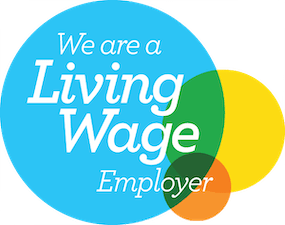Disclaimer: The following content is an archive of Substantive Research Discovery – Trending Investment Themes, as delivered as weekly insights to our paid subscribers. Links to gated content have been removed.
Liberum: Which economic surprises matter?
Below chart looks at the impact of different economic surprises on the S&P 500 futures between 2009 and 2022 (thus, beware that this measures mostly the period of zero interest rates). Click here

Hedgeye: Framing the inflation outlook
This chart comes from Hedgeye’s Q1 2024 Macro Themes deck, published last month, (Starting from page 43). Click here

Yardeni Research: How to spot a melt up
Yardeni presents 5 charts that might provide evidence of a melt up in US equities. The below chart is the last of these.
Yardeni says this is an interesting indicator of extreme optimism that is consistent with meltups; analysts’ consensus expected S&P 500 long-term earnings growth
This has averaged 12.5% since the start of the data in 1985. It is currently at a relatively high reading of 14.7%, but still well below previous meltup peaks. Yardeni’s hunch is that it is heading higher along with stock prices. Click here

Societe Generale: What if rational optimism turns into irrational exuberance?
The rally in global equities has so far been driven more by rational optimism than irrational exuberance say SG. What if it turns to rational exuberance?
The index weights of the top 10 US stocks are even higher today than they were in the TMT-bubble, notes the bank. However, applying the peak of the TMT bubble maths to the Nasdaq-100, the S&P 500 would have to reach 6250 to price in the same level of irrational exuberance. Click here


Rosenberg Research: There is a wide swath of divergences across the economic data
Rosenberg was early and wrong on his recession call in 2023, but the call remains intact for 2024, he says he’s never seen so many divergences in the various economic data releases.
For instance, the gap between the growth in nonfarm payrolls and Household employment in the past year is a 1-in-50 event.

The gap in the past year between the growth in real GDP and in real GDI is a 1-in-25 event.

The gap between core CPI and core PCE inflation is a 1-in-100 event.

The gap between real GDP growth and industrial production in the past year is a 1-in-100 event.

The gap between negative hours worked and the growth in payrolls is a 1-in-30 event. Click here










